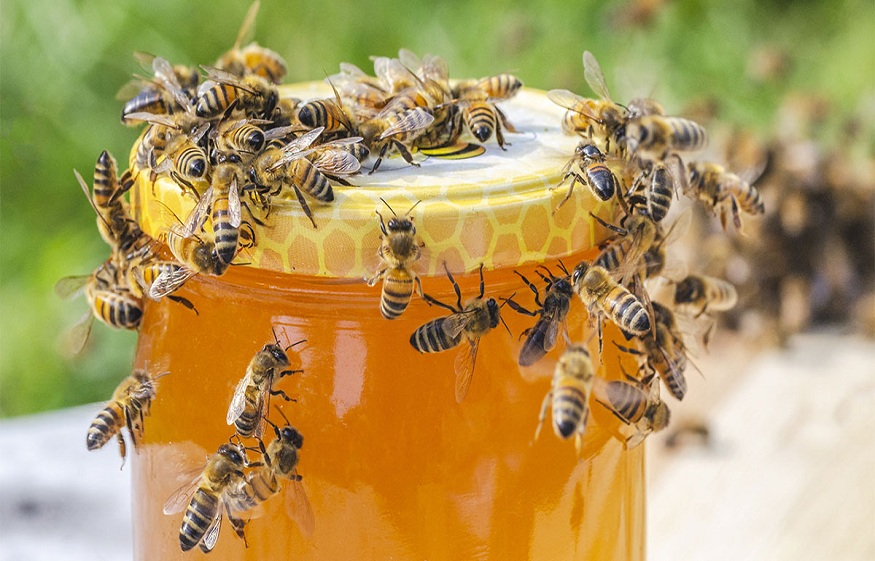If there is a swarm of bees around your home or somewhere where they may be public risk, it is important to think of a safe bee hive removal. If you live in Brisbane, you will know that these pests contribute to the plant ecosystem. Therefore, you should not kill bees when you see them. Bees control in Brisbane comes with safe methods to remove the bee hives. When removing the bees, there is a bonus point of enjoying the fresh, warm honeycomb. Moreover, many environmental advocates are against the killing of bees. This post highlights how to safely remove bees from your home.
How to safely handle bees for successful removal
Do not disturb the bees
Insects that can sting should not be disturbed. Never do anything to provoke them as they can cause harm to people nearby. Bees will sting if anybody tries to threaten their queen or the hive. Be sure to maintain your distance. You should get help with “bee hive removal near me” on your browser for a reliable bee hive removal company.
Keep pets and people away from the area
As you search for “bee removal service near me” to get help, you should make sure that people and pets keep away from the area. This is an important step especially when the bee swarm or hive is outside. If the beehive is located inside a building, be sure to keep that area isolated from the public.
Understand the origin of the bees
If this beehive is inside a building, you should try to look for entry points around the house. This will give you an idea of how the bees made it into the building. Be sure not to block the bees from accessing the hive. If this happens, the bees may try to escape to different parts of the building, thereby making removal very difficult. If you want a safe and successful bee hive removal, be sure to keep the swarm of bees as close to the hive as possible.
Do not use traps or spray insecticides
The best way to remove the hive is to look up “bee hive removal expert near me.” You will be able to see a reliable bee removal company. Do not spray the hive with insecticides. Similarly, never try to catch the bees by using a trap. This is the job of professional bee exterminators. In Brisbane, you are not allowed to use certain pesticides on bees because of the harmful nature of the products. It is illegal to use such products on the bees. Using traps may not do the trick as you may end up irritating the bees. If the trap fails to catch the bees, you will certainly have a problem with the rest of the hive.
Wait for bee removal specialists to arrive
After doing a Google search for a reliable bee hive removal expert, you will need to wait for them to arrive. Bee removal in Brisbane is done with the use of special equipment and protective suit. If you have honey bees in your home, the bee hive removal company will safely retrieve the hive with little or no cost. Many homeowners enjoy the process of removing honey bees from their homes because they get to enjoy the warm, sugary taste of the honey. When the bee hive removal experts arrive, be sure to keep the place uncluttered and easily accessible. They have special traps and containers used for removing the bee hive.
Be sure that all traces of the hive are removed
Get any expert trained in local bees control in Brisbane to help with the bee hive removal. Once they have removed the hive, be sure to check that all the bees have been retrieved in the container. They have special equipment used to collect the bees as well as trap them asasddain the container. The queen is usually the last insect that is retrieved into the container. Once you have secured the queen safely, most of the hive will follow it
Repair all damages
The bee hive removal expert will take the trapped bees to a safe sanctuary where they are cared for. You will have to clean up the house and repair any damages. Bee hive removal usually leaves behind some honey and other materials that can attract more pests. To avoid more infestations, clean the place thoroughly and ßdispose of all leftover honeycombs. Lastly, block off all potential entry points to prevent more bees from returning in the future.





